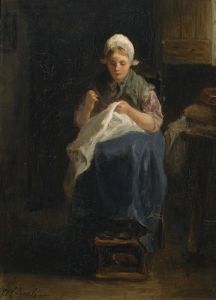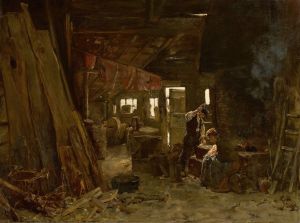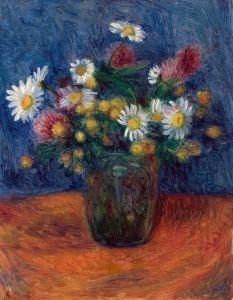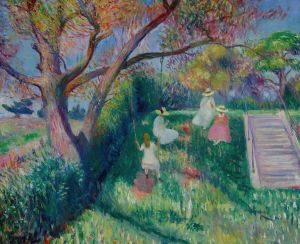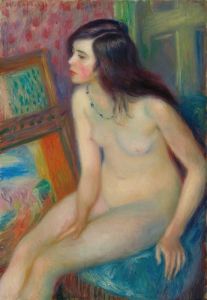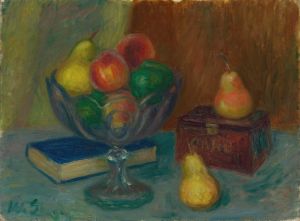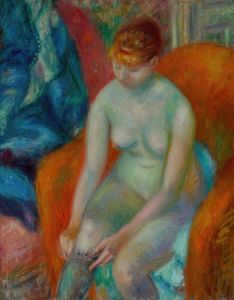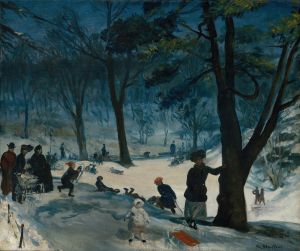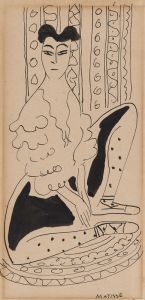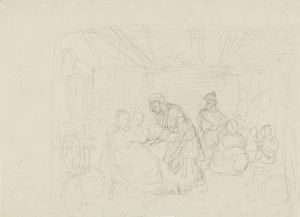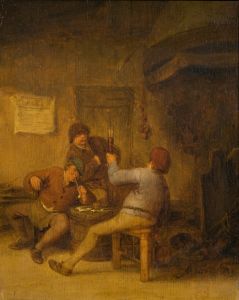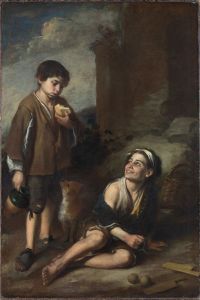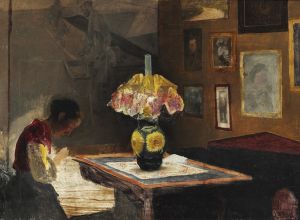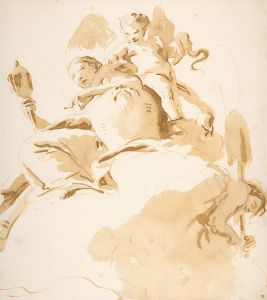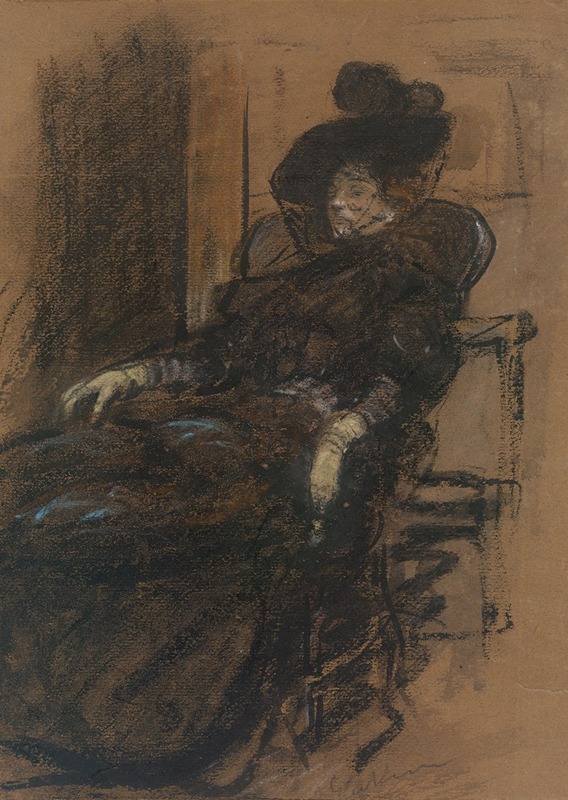
Seated Woman
A hand-painted replica of William James Glackens’s masterpiece Seated Woman, meticulously crafted by professional artists to capture the true essence of the original. Each piece is created with museum-quality canvas and rare mineral pigments, carefully painted by experienced artists with delicate brushstrokes and rich, layered colors to perfectly recreate the texture of the original artwork. Unlike machine-printed reproductions, this hand-painted version brings the painting to life, infused with the artist’s emotions and skill in every stroke. Whether for personal collection or home decoration, it instantly elevates the artistic atmosphere of any space.
"Seated Woman" is a painting by the American artist William James Glackens, a prominent figure in the Ashcan School of art. Glackens, born in 1870 in Philadelphia, was known for his vibrant use of color and his ability to capture the essence of urban life in the early 20th century. He was a contemporary and friend of artists such as John Sloan and Robert Henri, and he played a significant role in the development of American modern art.
The painting "Seated Woman" exemplifies Glackens' skill in portraiture and his interest in depicting everyday scenes with a sense of immediacy and intimacy. While specific details about the creation date and the subject of "Seated Woman" are not widely documented, the painting is consistent with Glackens' style, which often featured relaxed, informal poses and a focus on the character and mood of the subject.
Glackens' work is characterized by its loose brushwork and the influence of Impressionism, which he encountered during his travels to Europe. His palette often included bright, vivid colors, which he used to great effect in capturing the play of light and shadow. This approach is evident in "Seated Woman," where the interplay of color and form creates a dynamic composition that draws the viewer into the scene.
Throughout his career, Glackens was associated with the Ashcan School, a group of artists who sought to portray the realities of urban life in America. This movement was a reaction against the more genteel and idealized subjects that dominated American art at the time. Instead, artists like Glackens focused on the grit and vitality of city life, often depicting scenes of everyday people in their natural environments.
In addition to his work with the Ashcan School, Glackens was also involved with the group known as "The Eight," which included artists such as Arthur B. Davies and Maurice Prendergast. This group was instrumental in organizing the 1908 exhibition at the Macbeth Galleries in New York, which challenged the conservative tastes of the National Academy of Design and helped pave the way for greater acceptance of modern art in America.
Glackens' contributions to American art extend beyond his paintings. He was also a key figure in the formation of the Society of Independent Artists, which aimed to provide a platform for artists to exhibit their work without the constraints of traditional juried exhibitions. His efforts helped to democratize the art world and encourage a more diverse range of artistic expression.
"Seated Woman" remains an important example of Glackens' work, reflecting both his technical skill and his commitment to capturing the spirit of his time. Today, his paintings are held in numerous public and private collections, and his legacy continues to influence artists and art enthusiasts alike.





